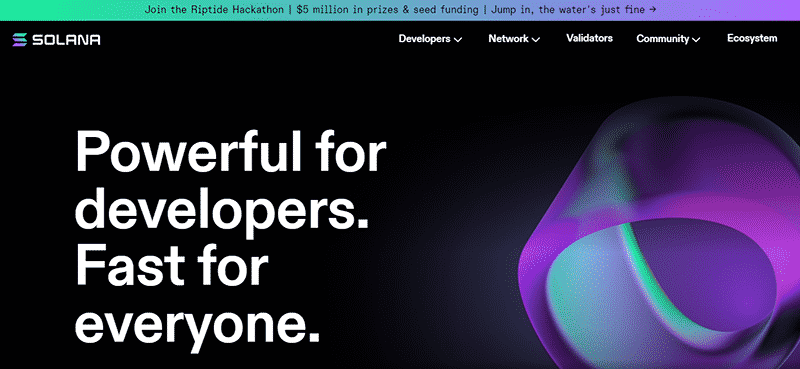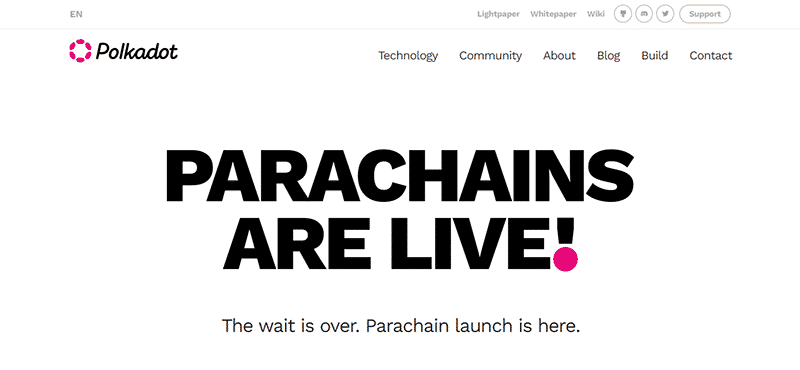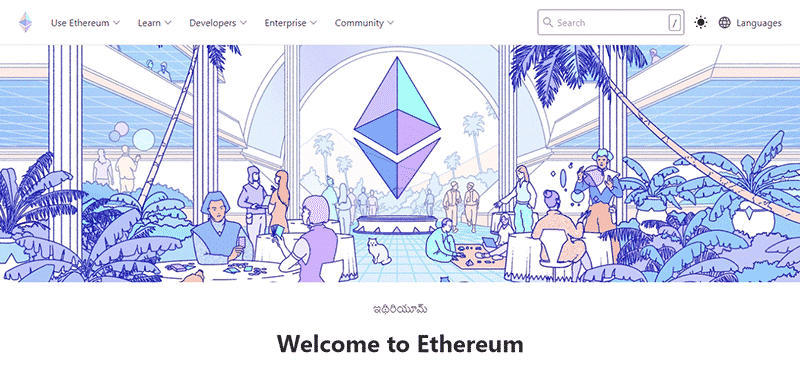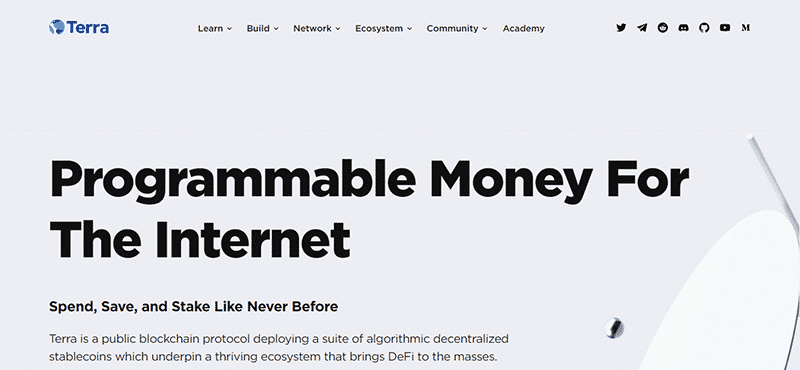
When crypto first came into being, the way to earn these assets involved investing in complex hardware systems and participating in mining. This was a requirement of the proof of work (PoW) consensus mechanism, which is what the likes of Bitcoin, Ethereum, and Dogecoin run on. This consensus mechanism was found to be highly energy-intensive, and subsequent blockchains soon abandoned it for the much more efficient proof of stake (PoS) mechanism. This meant that users could now stake their holdings and receive rewards in return by validating transaction blocks on a blockchain.
Staking explained
In staking, users of a crypto token hosted on a PoS blockchain essentially lock up their digital assets in a crypto wallet. The more funds they lock up, the higher their chances are of being picked to validate transactions on that network. The funds they stake to act as an incentive to prevent them from acting maliciously during the validation process. In the event a validator attempts to pass off fraudulent transactions as legitimate, they lose a portion of the funds they staked in what is called slashing.
Pros of staking
- It doesn’t require complex equipment
- You can earn passive income in crypto.
- It is far more environment-friendly than mining.
- It ensures the smooth running and security of the blockchain.
Cons of staking
- The coin you stake could depreciate significantly, leaving you in loss even after accruing interest on your holdings.
- Unlocking the staked coins can be difficult, usually taking up to 7 days on some platforms.
- The coins you stake are essentially inaccessible for some time, hence can’t be utilized for any other purpose.
Best coins for staking
Solana (SOL)

Solana is a blockchain built around smart contracts for facilitating the development of dApps. Its native token, SOL, is currently the 9th largest cryptocurrency by market cap. It is used on the network to pay transaction fees and facilitate transactions.
Usually, SOL holders can stake the coin as validators or delegators. Validators aim at validating new transaction blocks on the network. Delegators, in turn, stake their holdings into pools. The pool operator then acts as a delegator and distributes any rewards they obtain among the pool members. To stake SOL, you can use a wallet such as Phantom.
Validators have to run a validation node which is called a Cluster. This node requires a certain level of hardware specifications, and it has to run constantly with no disruptions. If the program is disrupted or the validator acts maliciously in any way, slashing is implemented. Validators may charge a commission on their delegators to help cater for the expenses required to run a node. On average, you’d earn a 6.41% annual return for being a delegator, and most validators charge a 10% commission.
Cardano (ADA)

Cardano is a third-generation blockchain that builds and runs smart contracts. Its native currency, ADA, is currently the 8th largest token by market capitalization. To stake ADA, you can either delegate it into a staking pool or run the pool as a validator. To join a staking pool, you can utilize digital wallets like Daedalus and Yoroi.
As a validator, you will be required to run a network node with constant uptime. The blockchain then uses game theory to determine which pool will get to validate new blocks. The more ADA a pool has staked, the higher its chances of getting picked as a validator. In return, the pool is awarded ADA, which is distributed among the delegators.
On the Cardano website is a staking reward calculator to help you determine the profitability of staking on this blockchain. Typically, the reward is around 4.61% APY for delegators and 7,718.5% for validators running a pool.
Polkadot (DOT)

Polkadot is a blockchain designed around interoperability with other chains, and it uses several chains connected to the main network to enhance transaction speed and efficiency. It uses the nominated proof of stake (NPoS) consensus mechanism. To stake this token, you can either be a validator or nominator. There is no minimum requirement to become a DOT nominator. However, since the network can only accommodate 22,500 of them, there is an implied staking minimum of 120 DOT to qualify. For validators, this minimum is 350 DOT. You can claim rewards using a Polkadot JS wallet or Ledger.
Ethereum 2.0 (ETH)

Ethereum 2.0 is the scheduled update to the Ethereum network, which will see it switch from proof of work to proof of stake. In addition to increasing transaction speed and efficiency, this update will enable staking on this popular blockchain.
To become a validator on this network, you need to stake a minimum of 32 ETH. Ethereum doesn’t allow delegation, but you can still stake ETH in a pool if you do not have the 32 ETH. Validators will need to run node client software to be able to verify transactions blocks on the network.
Terra (LUNA)

Terra is a blockchain on which users create their own stable coins pegged to different currencies from around the world. The network uses algorithms and its native LUNA token to keep the prices of these stable coins constant.
To stake LUNA, you can either be a validator or delegator. Delegating has no minimum requirements, and it can be done from the platform’s native Terra Station wallet. Validating would require one to endlessly run a node using Terra Core software. You have to be among the top 100 validators by tokens staked to qualify for rewards.
Conclusion
Staking is whereby users of a cryptocurrency lock their holdings in a digital wallet in a bid to qualify to validate new transaction blocks on the network. The more coins a user stakes, the higher their chances of being picked and earning rewards. Usually, users will stake their holdings in pools and appoint the pool operator as a delegator to increase their chances of validating new blocks. However, staking can only be done on coins that run on the PoS consensus mechanism.







